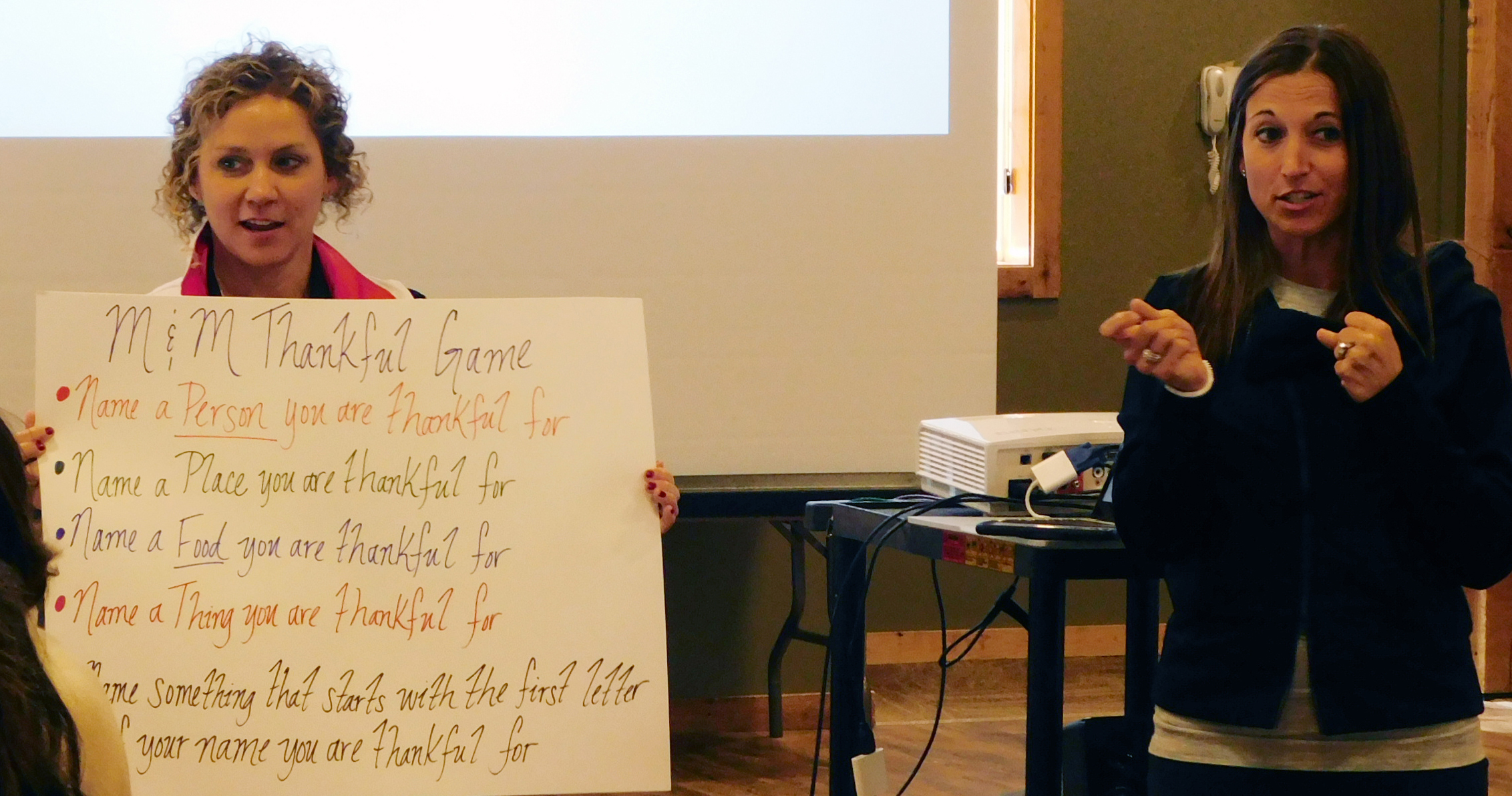Children, Families, and the Law, Center on

Center on Children, Families, and the Law: Faculty Publications
Document Type
Article
Date of this Version
2007
Abstract
The National Survey of Child and Adolescent Well-Being is a valuable resource for examining the lives of at-risk youth in a longitudinal fashion. Essentially, I seek to increase our knowledge of “what works?” and “for whom?” I seek to determine if negative pathways of at-risk youth are altered by social factors and professional intervention. This pathway theory is founded on the assumption that individual differences in factors such as cognitive and emotional development lead to trajectories that often lead at-risk youth down paths of negative social and behavioral outcomes. However, I also assume that turning points will be evident in the lives of these youth. Consistent with Laub and Sampson’s (2003) idea of “desistance by default,” I suggest that structural turning points, such as official interventions and services, social control and social support, may serve as transitions that send youth on pathways of prosocial behavior. On the other hand, experiences of subsequent victimization will likely perpetuate or exacerbate negative pathways of behavior. The NSCAW data includes 1) individual difference constructs, such as neurodevelopmental or cognitive impairment, 2) measures of social processes and transitions measured 18 months later, and 3) dependent variables measured 18 months later, or 36 months post-baseline, allowing a test of this pathway theory.


Comments
Presented at the annual meeting of the AMERICAN SOCIETY OF CRIMINOLOGY, Atlanta Marriott Marquis, Atlanta, Georgia, November 13, 2007.